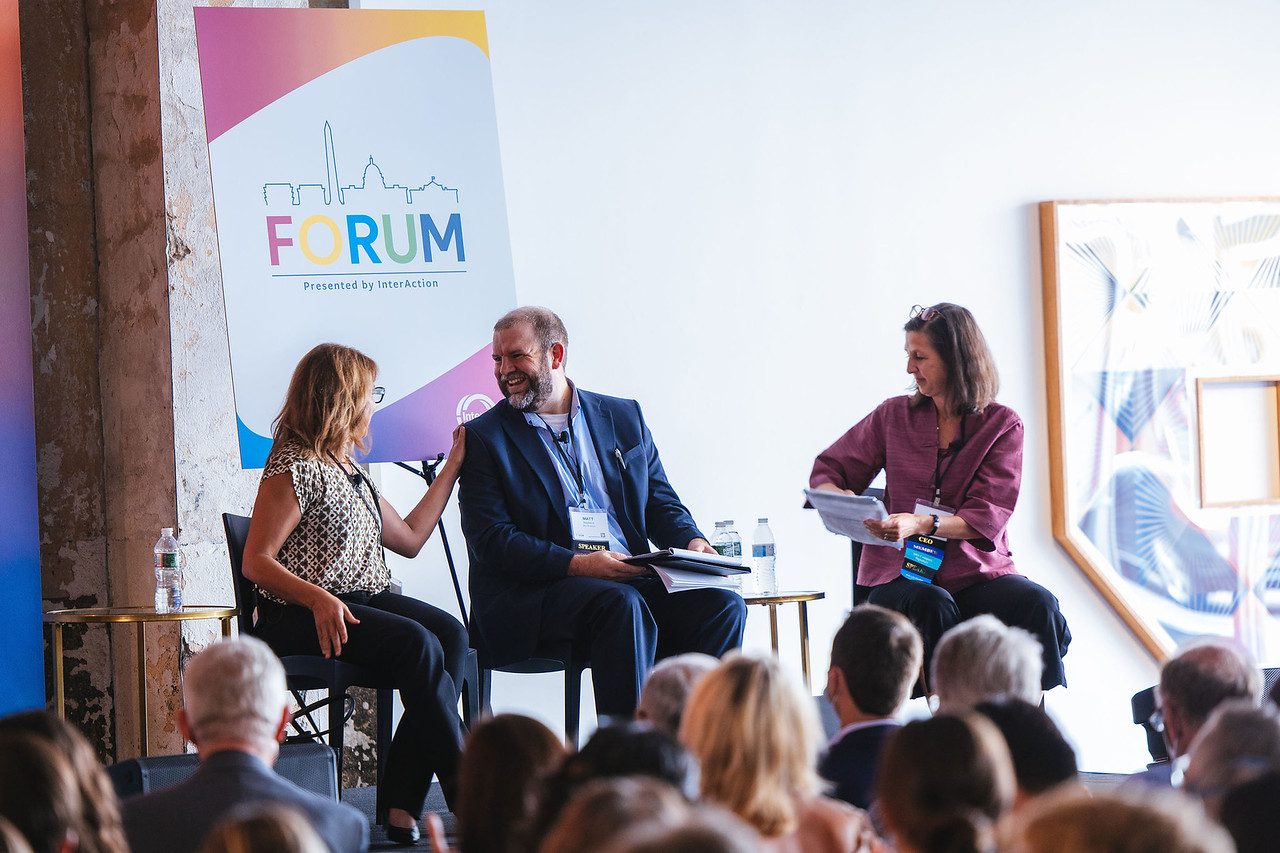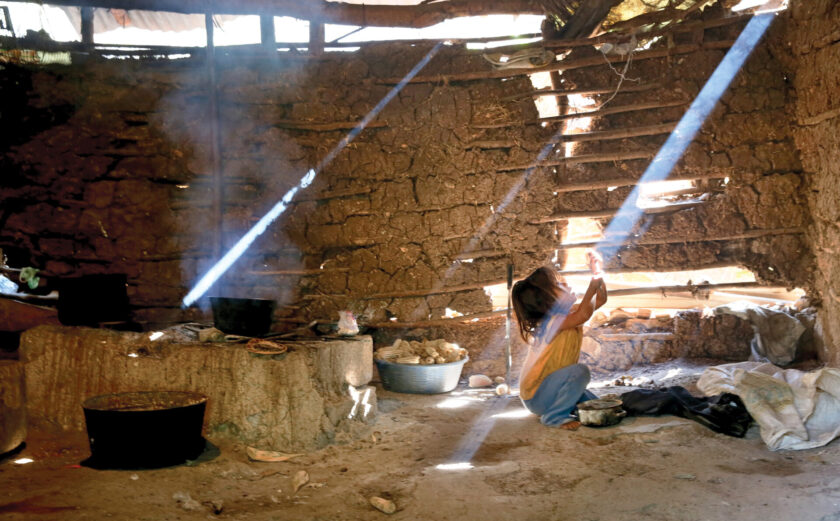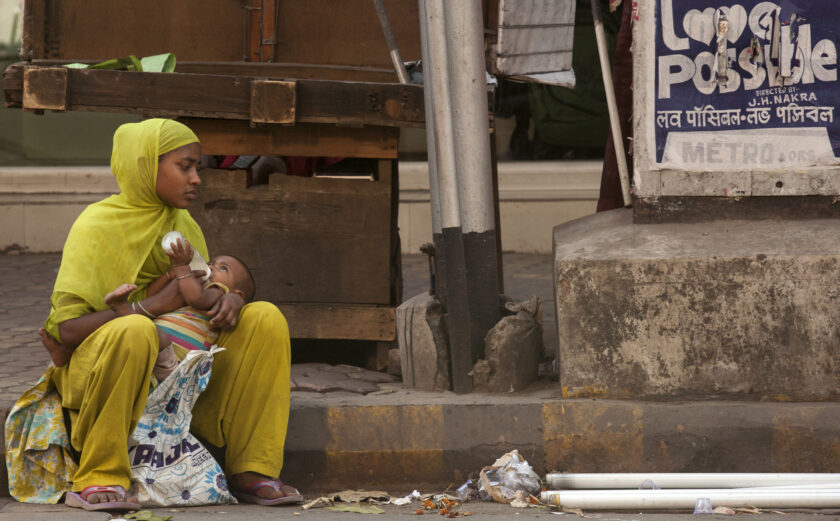
Gender-Based Violence: Moving from Response to Prevention
InterAction observes International Day for the Elimination of Violence against Women
Did you know that the United Nations (U.N.) and WHO estimate that one in three women experiences physical or sexual gender-based violence (GBV) in her lifetime?
November 25 marks the International Day for the Elimination of Violence Against Women and the launch of the UNiTE to End Violence Against Women campaign’s 16 Days of Activism against Gender-Based Violence. GBV in all its forms becomes even more prevalent during humanitarian emergencies—this campaign aims to garner the attention of the international community to increase awareness of GBV and advocate for its complete elimination by 2030.
What is the International Day for the Elimination of Violence Against Women?
The United Nations General Assembly has designated November 25 as the International Day for the Elimination of Violence Against Women, a date chosen to honor the assassination of Dominican political activists and sisters Patria, Minerva, and María Teresa Mirabal on November 25, 1960. This day commemorates victims of GBV, raises awareness regarding its effects and prevalence, and advocates for policies and programs to end GBV. Yet, 61 years later, hundreds of millions of women around the world continue to face GBV.
Furthermore, women in conflict and emergency settings experience increased rates of sexual violence and exploitation, psychological distress, intimate partner violence, and other forms of GBV. GBV in emergencies (GBViE) is a complex and disturbingly common phenomenon.
However, GBViE is not inevitable.
InterAction and its Members, among other non-governmental organizations (NGOs) and civil society actors, are working in humanitarian crises around the world to eliminate GBV. For example, the International Rescue Committee’s Engaging Men in Accountable Practice program largely involves constructive group discussions among conflict-affected men and has demonstrably contributed to a change in attitude regarding GBV where implemented.
Mercy Corps’ integrated approach in displaced communities in Colombia has successfully shifted the attitudes of young men and women toward GBV by meaningfully including men and boys as key players, partners, and advocates of women and girls’ participation in their communities.
These examples demonstrate that the elimination of violence against women requires not only service provisions for GBV survivors but also programs that lead to the prevention of GBV in humanitarian emergencies.
How We Get There: From response to GBV prevention
In recent years, the humanitarian community has come to appreciate that the prevention of GBV is just as important as the response to GBV. In fact, preventing GBV from ever occurring is infinitely more desirable than responding to instances of GBV, but it can be difficult to measure the effectiveness of a program in preventing GBV from occurring.
For example, many GBV programs are not designed to measure the degree to which the program reduces the risk of GBV in emergency settings or facilitate the evaluation of prevention outcomes. It is difficult to measure a counter-factual—that GBV did not occur.
To assist humanitarian organizations in measuring and evaluating outcomes of their GBV prevention work, InterAction has launched the Gender-Based Violence Prevention Evaluation Framework (GBV PEF).
The Framework, developed by InterAction’s Results-Based Protection team for humanitarians, was built using a comprehensive scoping study and input from an Advisory Committee of GBV experts, 15+ NGOs, and academics.
The GBV PEF is a set of practical tools and methodologies aimed at helping practitioners make better decisions in their analysis, program design, and measurement such that GBV prevention can be evaluated in the form of outcome-level changes of reduced risk. As more organizations pilot and implement the GBV PEF, they contribute to the long-term elimination of GBV in emergencies.
To eliminate violence against women, we need to prevent it from happening in the first place. Click HERE to access the GBV PEF and related materials.








